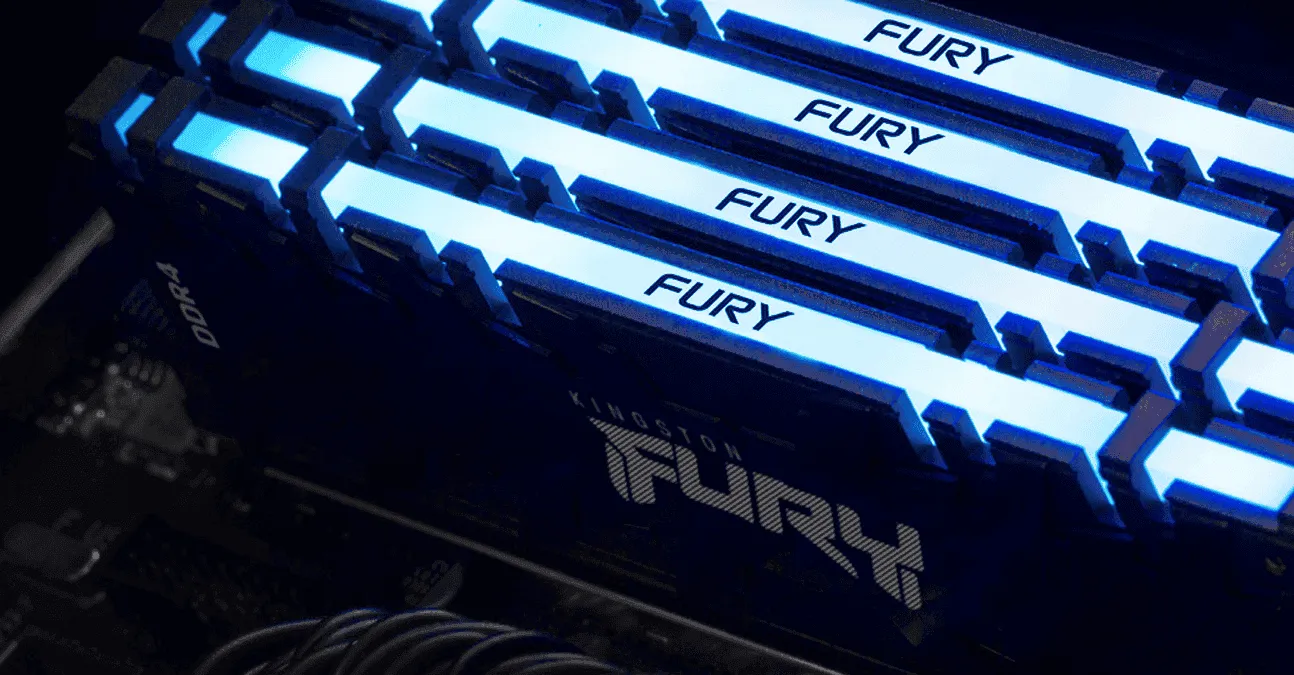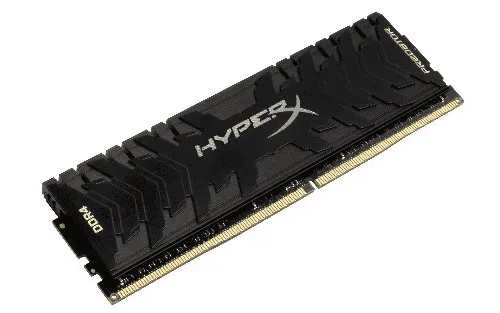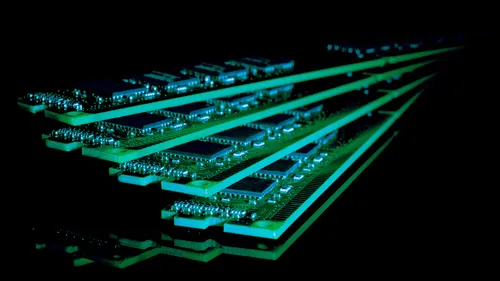
Overclocking your RAM can significantly enhance your system’s performance, optimizing it for a wide range of tasks. By increasing your RAM's speed, you boost memory bandwidth, which allows your CPU to operate more efficiently and at its full potential. This is particularly beneficial if you’ve also overclocked your processor, as the faster RAM helps ensure that data is fed to the CPU more quickly, reducing bottlenecks and improving overall system responsiveness. Whether you're gaming, rendering videos, or handling complex software, overclocked RAM can help achieve smoother and more responsive performance. This is not the most recognized way of improving performance, at least not all users know it's possible to overclock their RAM by bios. In this article, we will try to improve things for you.
Preparing to Overclock Your RAM
Before you start overclocking your RAM, it's crucial to establish a baseline so you can measure the impact of your changes. Here’s how to prepare:
- Record Your RAM's Default Settings: Use a utility like CPU-Z to note down your RAM's default speed and timings. This information will be your reference point for comparing how your RAM performs after overclocking.
- Monitor Temperatures and Frequencies: Run HWInfo in the background to track your RAM's temperature and frequency. Keeping an eye on these metrics ensures your RAM stays within safe operating limits.
- Use Specialized Tools: If you have an AMD Ryzen processor, download the DRAM Calculator for Ryzen. This tool helps you select the optimal frequency settings for your specific hardware, making the overclocking process smoother.
By following these steps, you’ll be better equipped to see how overclocking affects your RAM’s performance and maintain system stability.
Stress Test Your RAM
With your tools set up, it's time to put your current RAM settings to the test using benchmarking tools. Here’s how to do it:
- Run Synthetic Benchmarks: Use tools like PassMark and AIDA64 to measure your RAM's bandwidth. These benchmarks provide raw data on performance, helping you gauge the impact of your overclocking.
- Test CPU Performance: Cinebench is a great tool for assessing how your RAM’s overclock affects CPU performance. It can show you improvements in processing power due to faster memory speeds.
- Monitor Stability: Run Memtest to check for errors and ensure stability. It’s crucial to monitor for any issues throughout the overclocking process.
- Compare Results: Run these benchmarks before and after overclocking to see the changes in performance.
- Real-World Testing: For practical insights, play CPU-intensive games like Shadow of the Tomb Raider, Civilization VI, or GTA V. These games can help you see the real-world impact of your RAM overclock on gaming performance.
By conducting these tests, you can effectively measure the benefits and stability of your RAM overclock.

Overclock Using XMP and Expo Memory Profiles
Most modern RAM kits come with built-in XMP (Extreme Memory Profile) or Expo (Extended Performance Overclock) profiles. These profiles are pre-configured factory overclocks that can easily boost your memory speed. Here's how to activate them:
- Access the BIOS/UEFI: Restart your computer and enter the BIOS/UEFI settings by pressing the appropriate key during startup, usually one of the F1 to F10 keys or Delete.
- Find XMP or Expo Settings: Once in the BIOS, navigate to the overclocking settings. This might be under names like "Extreme Tweaker" or "Memory Tweaker," depending on your motherboard. Look for options labeled XMP or Expo.
- Activate the Profile: Select the XMP or Expo profile for your memory kit. This will set your RAM to its rated speed. Save the changes and restart your computer to apply the new settings.
Activating XMP or Expo is a straightforward way to enhance performance without manually adjusting settings. However, if you want to push your RAM beyond these profiles, you’ll need to explore manual overclocking, which is more complex and time-consuming.

How to Tighten RAM Timings
If you want to improve performance beyond just increasing RAM speed, you can tighten the timings. This process adjusts how quickly your RAM can handle tasks, potentially boosting performance.
- Access the BIOS/UEFI: Restart your computer and enter the BIOS/UEFI settings by pressing the designated key during startup, usually one of the F1 to F10 keys or Delete.
- Disable XMP Profiles: To manually adjust timings, first disable any XMP or Expo profiles you’ve enabled. This will let you enter manual overclocking mode.
- Adjust Timings: Navigate to the memory settings where you can change timings. You'll see various settings like CAS latency (CL), RAS to CAS delay (tRCD), and RAS precharge (tRP). Reducing these numbers can make RAM faster, but it's a trial-and-error process.
- Test Stability: After adjusting the timings, save your changes and restart your computer. Run stress tests or benchmarks to ensure stability. Keep testing for at least 30 minutes to confirm your settings are stable.
Tips:
- Adjust Gradually: Change one setting at a time to avoid system instability.
- Test Thoroughly: Not all combinations will work well, so be prepared for some trial and error.
Tightening RAM timings can enhance performance, but it's best suited for advanced users familiar with overclocking principles.
Conclusion
Overclocking your RAM can enhance system performance by speeding up data transfer to the CPU, reducing bottlenecks. Start with XMP or Expo profiles for an easy boost. The more advanced users, can explore the manual overclocking and tightening timings for further gains. Proceed carefully and test for stability to maximize your hardware’s potential. Follow these steps and extract the best of your hardware without needing to invest in new RAM.
Loading






